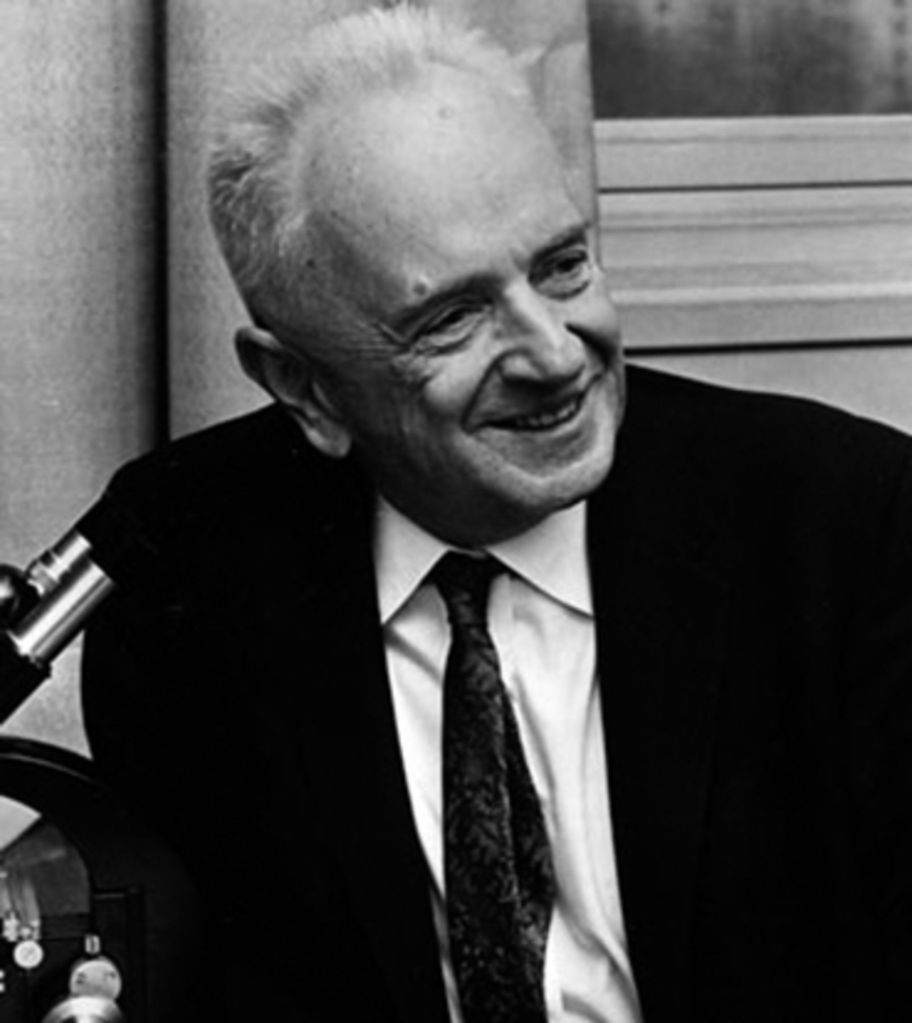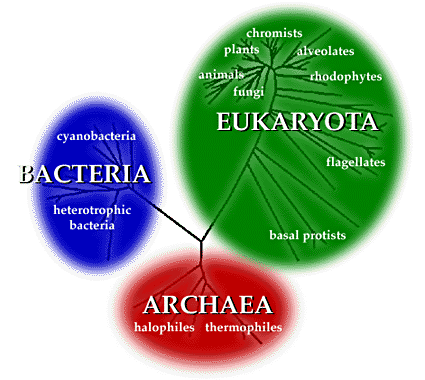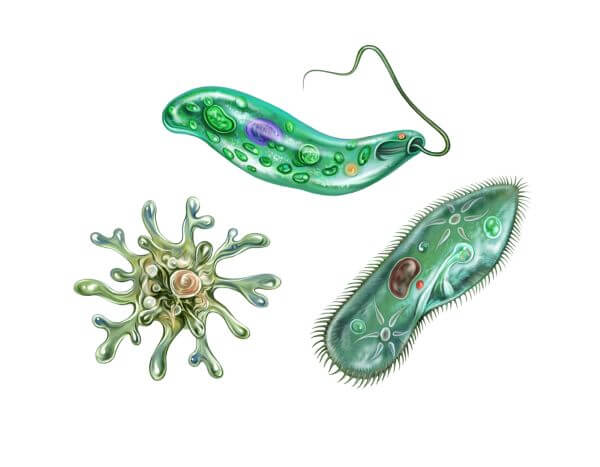Evolution is the one concept that explains everything that we know about organisms today. As fossil records clearly show, life has been evolving on Earth over the course of the last billion years, resulting in diversity between organisms of the past and those of the present. But, along with this diversity, there is also unity in the form of shared features. For example, seahorses, hummingbirds, jack rabbits, and giraffes all look very different, but surprisingly, their skeletons are all organized in the same way.
The scientific explanation for diversity and unity in features, structures, and habitat adaptation of organisms is evolution: the concept that the “modern organisms of today are modified descendants of similar organisms of the past”. As a result of descent with modification, two species share certain traits (unity), simply because they have descended from the same ancestor. Furthermore, we can account for the differences (diversity) between two species by understanding that certain heritable changes occurred after the two species diverged from their common ancestor. The organisms are considered to be two different species because they differ from one another in form, structure, or behavior. If a species had no differences from their ancestors or sibling descendants, then it would not have been categorized into a separate and individual species of its own.
An abundance of evidence proves that evolution has occurred from the past to present, and in future blogs, we will discuss the theory that describes how evolution takes place. One of the founders of the modern day evolution theory, Theodosius Dobzhansky, has said before that “nothing in biology makes sense except in the light of evolution.” To truly understand this statement, we need to discuss how biologists today approach and organize the vast diversity of life present on Earth.
Diversity is the hallmark of life. So far, biologists have identified and named over 1.8 million species of organisms. Each species is given a two-part name: the first part is the name of the genus that the species belongs to (plural, genera), and the second part is unique to the species within the genus. For example, Homo Sapiens is the name of the human species in the genus Homo. So, the genus can be thought of as a broad overarching umbrella that covers various individual species that are similar to one another in structure, behavior, and features.
Today, biologists know of at least …
- 100,000 species of fungi
- 290,000 plant species
- 57,000 vertebrae species (organisms with backbones)
- 1 million insect species (Insects make up more than half of all known forms of life)
Furthermore, researchers identify thousands of new organism species every single year. The estimated total number of species on Earth ranges from 10 million to over 100 million. But regardless of the actual number, the vast variety of life gives biology a very broad scope. Everyday, biologists face the major challenge of making sense of this variety of life.
Up to this date, scientists and biologists have organized and classified the diversity of life forms into species and broader categories based on an organism’s structure, function, and obvious external and internal features. However, in recent decades, new methods of assessing organism relationships, such as genome sequencing and comparisons between DNA sequences, have led to a reevaluation in the way by which we classify life. Although this reevaluation is an ongoing process, biologists are currently organizing life forms into three groups, also known as domains. The three domains of life are Bacteria, Archaea, and Eukarya.
The organisms making up two of the three domains – Bacteria and Archaea – are prokaryotic. Bacteria are the most diverse and widespread prokaryotes, and they are classified into multiple kingdoms. Likewise, Archaea are also classified into various kingdoms. On the other hand, all eukaryotes, organisms with eukaryotic cells, are in the third domain, Eukarya. The Eukarya domain includes four subgroups: kingdom Plantae, kingdom Fungi, kingdom Animalia, and the protists. The three kingdoms are distinguished based on their modes of nutrition: Plants produce their own sugar and food through photosynthesis (the conversion of chemical and light energy into food), fungi absorb nutrients in dissolved form from their environment, and animals obtain food by eating and digesting other organisms. Humans, of course, belong to the kingdom Animalia.
The most numerous and diverse eukaryotes are protists, which are mostly single-celled organisms, but also include simple multicellular organisms. Although protists were all placed in one kingdom in the past, they are now organized into several groups. One major reason for this change in classification is that recent DNA evidence has shown that some protists are more closely related to plants, animals, and fungi, than they are to other protists.

As diverse as life is, it also exhibits remarkable unity. For example, the similar skeletons of different animals and the universal genetic code of DNA both showcase biological unity. In fact, similarities between organisms are present in all levels of the biological hierarchy. Many features of human cell structure, for instance, are even comparable to those of distantly related organisms. Additionally, cilia – extensions of cells that look like hair and function in locomotion – are present in all types of Eukaryotes, from humans to Paramecium, a single-celled protist found in pond water. But one question is always brought up – how can we account for life’s dual nature of diversity and unity? The process of evolution is the answer to this question, and as Theodosius Dobzhansky said before, biology always makes sense in the light of evolution. The reason why is that evolution introduces a very important aspect of biology that is normally forgotten: the passage of time. The history of life, which is documented by fossils and other remains of the past, is a chronicle of a changing Earth, over the course of billions of years, inhabited by an evolving variety of life-forms.
Building off of our newfound understanding of evolution, in our next blog we will cover Charles Darwin’s Theory of Natural Selection and the “Tree of Life”.




